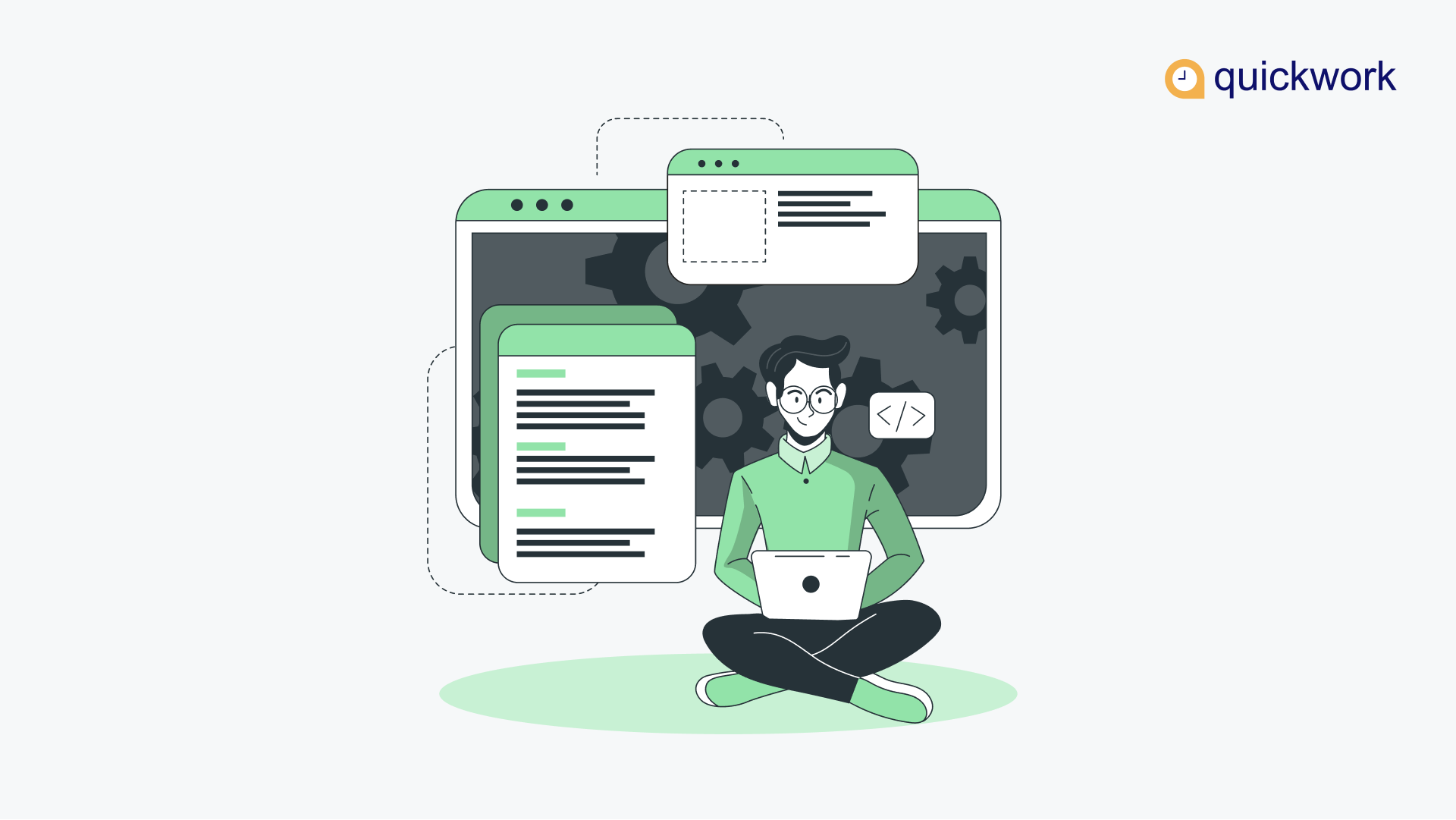The year 2022 has become an excellent year for citizen developers as it reigns leading application development across the business lines. Thanks to emerging low code, no code, and server-less solutions. Most importantly, it paves a new way for professional developers to accelerate their abilities to plan and manage complex enterprise systems.
Developers and non-developers are experiencing greater sophistication in the applications they build using the low code and no code approaches. The no code capabilities enable the business analysts to build the machine learning models and also help in creating the perfect predictions without the need to write complex codes.
According to the TechRepublic Survey, 47% of respondents currently use low code and no code solutions in their organizations. 35% of them are not using it, and 20% of respondents said they intend to adopt technology in the next 12 months
Based on the above statistical data, if businesses are expecting better scaling and cost reduction, there is no wonder that there is a high demand for no code and low code platforms. It's not just for fast-growing or new businesses; it is also for the established ones trying to achieve digital transformation.
Let's dive into the emerging trends in no code and low code development 2022:
Organizations are investing in formal citizen development programs
There is no surprise that no code automation has become a crucial part of every CIO agenda. Businesses recognize the value of no code development and establish their formal citizen developer programs, which provide their employees with the tools to experiment and deliver value. In 2022, utilization of these tools will increase and become more structured.
IT leaders implement no code development safeguards like platform-level security and access controls. As a result, the no code platforms amalgamate enterprise-level scalability and enterprise-level security and compliance.
Custom Coding flexibility
The no code programming covers the basic to advanced level concepts like capturing attributes and underwriting algorithms for applications. All you need to understand is to incorporate the business logic into a compound architecture. As a result, the no code platforms will give more custom coding flexibility.
"By 2030, the global low-code/no-code development platform market is expected to produce $187 billion in revenue. It will account for more than 65% of application development activity by 2024."
Hybrid work culture accelerates no code adoption
In 2022, the work is not just about the place but rather an experience. It isn't a semantic change. Organizations are marking this new shift in the workplace. Most of them are mainly focusing on the in-person employee experience. Of course, they need to address the digital side as well to ensure the arity between both things.
Low code development plays a vital role in the experience focusing on this new era of work. The adoption of low code platforms simplifies and streamlines the work. This shift will keep the premium on app experience frameworks that deliver familiarity to end-users.
Application development will shift to assembly and integration, with the teams that use them assembling and composing them. The percentage of new applications developed in LCAP environments will likely go way beyond the 70% predicted by Gartner.
No code and low code solves the skill shortage
Skill shortages in the technology industry are not a big surprise; the problem now becomes urgent. According to Mendix's State of Low-Code 2021 report, based on a survey of 2,025 IT professionals across six countries, 77% of enterprises have already adopted low code to meet this shortage, and 75% of IT leaders say it's a trend they can't afford to miss.
Hyperautomation has become the mainstream
Many organizations are still testing process automation, and the new reality 'Hyperautomation' is already becoming a part of the mainstream technology business today. Hyperautomation combines various technologies like Machine learning, AI, RPA, and no code capabilities. There is a great effort to identify, automate and optimize the business processes throughout the enterprise. The leadership teams focus on automating the legacy applications and building the agile workforce with evolving technologies.
According to Gartner, the need for business-driven Hyperautomation will be one of the top three drivers for low-code adoption through 2022.
Over the coming years, more enterprises will implement AI at scale into their processes and enhance intelligent decision-making, recommendations, and optimization.
Summing it up
2022 is another pivotal year for organizations to adopt digital transformation. The past two years have been a wake-up call for those still ambiguous in digital transformation strategy. Finally, there is steady growth and developments in the no code and low code platforms and automation. They are the effective bulwarks against the uncertainty and transformations in businesses today.








